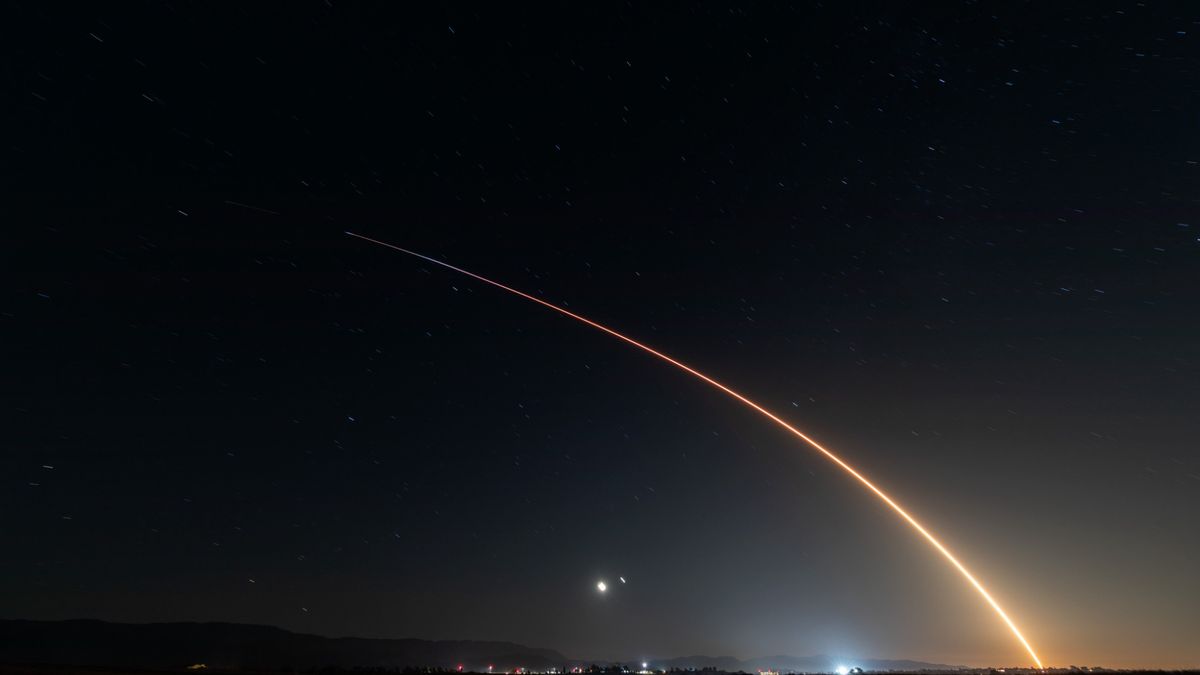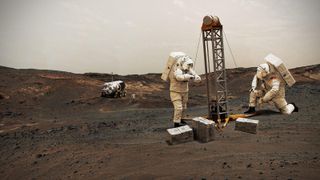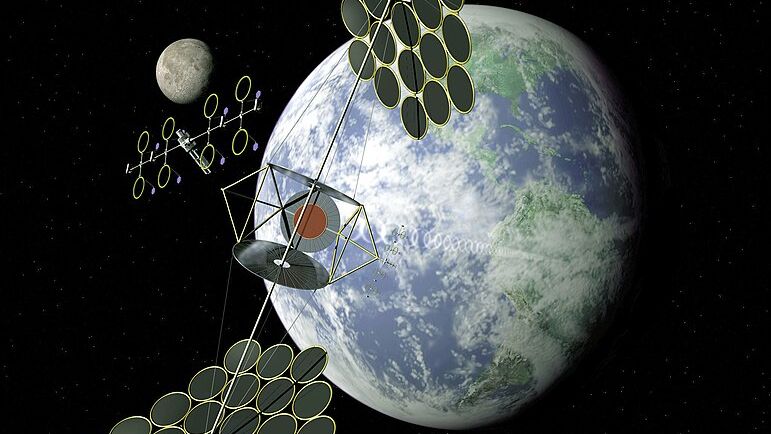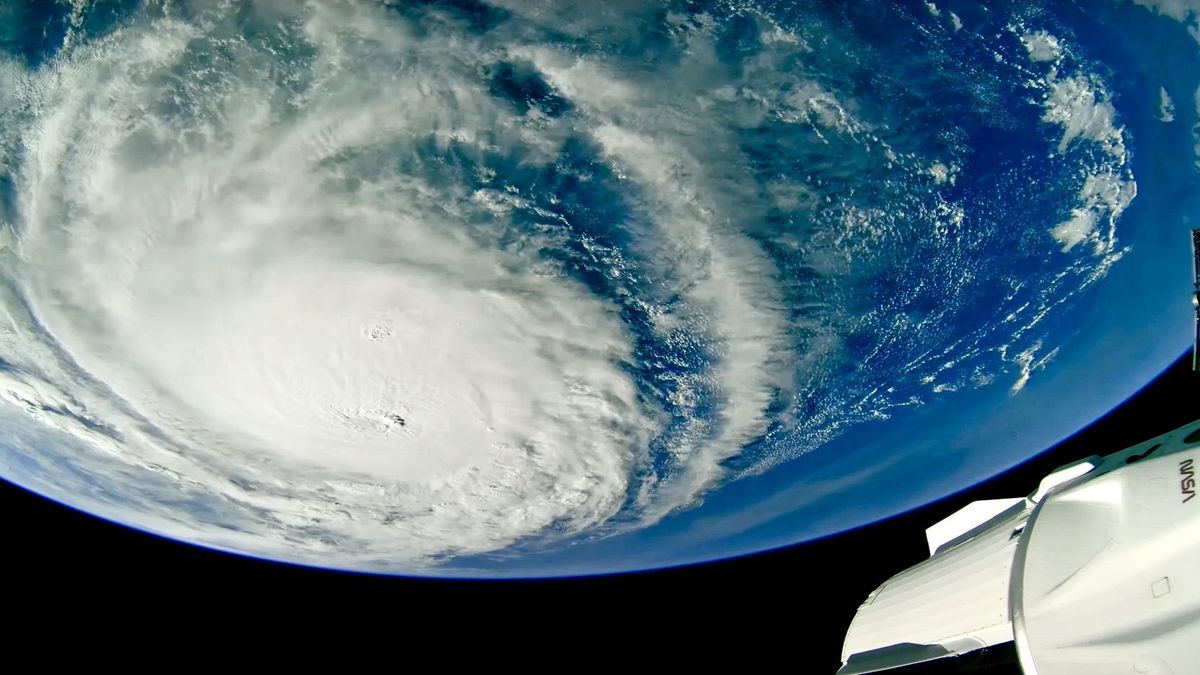SpaceX’s 31st robotic cargo mission is headed back to Earth. SpaceX’s Dragon cargo capsule undocked from the International Space Station (ISS) on schedule today (Dec. 16) at 11:05 a.m. EST (1605 GMT) today (Dec. 16). The spacecraft will begin a series of deorbit burns to complete the company’s 31st commercial resupply services mission (CRS-31) for NASA, splashing down of the coast of Florida tomorrow (Dec. 17). The agency won’t webcast the splashdown but will provide updates via its ISS blog. CRS-31 is returning to Earth with thousands of pounds of…
Read MoreTag: Space Exploration
SpaceX launching 22 Starlink internet satellites from California today
SpaceX plans to launch yet another batch of its Starlink broadband satellites today (Dec. 13). A Falcon 9 rocket topped with 22 Starlink spacecraft is scheduled to lift off from California’s Vandenberg Space Force Base today during a 3.5-hour window that opens at 2:28 p.m. EDT (1928 GMT; 11:28 a.m. local time in California). SpaceX will webcast the action via X, beginning about five minutes before launch. If all goes to plan, the Falcon 9’s first stage will come back to Earth for a vertical touchdown on the drone ship…
Read More‘SALLY’ at Sundance: NatGeo film to reveal ‘hidden love’ of 1st US woman in space
A new documentary about the life and love of America’s first woman in space will premiere at the 2025 Sundance Film Festival. “SALLY,” from National Geographic and director Cristina Costantini, reveals the legacy of NASA astronaut Sally Ride. Featuring archival footage filmed both on the ground and in space, along with new interviews with Ride’s close friends and colleagues, the documentary allows access to the “real Ride,” who struggled with the “limits and sacrifices true heroism demands.” “‘SALLY’ is the story of pioneering astronaut Sally Ride, who was the first…
Read MoreWhat causes volcanic eruptions on Jupiter’s moon Io? Scientists aren’t so sure anymore
Jupiter’s volcanic moon Io doesn’t appear to have a subsurface ocean of magma, resolving some issues about how Io’s volcanoes erupt and raising broader questions about similar magma oceans within other moons and planets. Data from previous missions had made planetary scientists wonder whether, rather than just pockets of melt, Io contained a 31-mile (50-kilometer) deep layer of magma: a moon-wide ocean of molten rock. In the 1990s, NASA’s Galileo mission performed magnetic induction measurements that suggested there was such a layer, while more recently, the distribution of volcanoes on…
Read MoreThe yearning for Uranus: A far-out world with a tale to tell
For sure, it was a far-reaching recommendation: The planet Uranus and its moons should be NASA’s highest-priority new flagship mission for startup in the decade 2023-2032. The proposed mission, known as Uranus Orbiter and Probe (UOP), would conduct a multiyear orbital tour to yield knowledge of ice giants in general and the Uranus system in particular, doing so through flybys and the delivery of an atmospheric probe. The payoff: “transformative, breakthrough science across a broad range of topics.” UOP was advocated within the pages of “Origins, Worlds, and Life —…
Read MoreTrump may cancel NASA’s powerful SLS moon rocket – here’s what that would mean for Elon Musk and the future of space travel
Since Donald Trump’s recent electoral victory, rumors and speculation have circulated that NASA’s giant moon rocket, the Space Launch System (SLS), could be under threat. The rocket is one of several key elements needed for the US space agency’s Artemis programme, which aims to return humans to the moon for the first time since 1972. For the first lunar landing mission, called Artemis III, the SLS will launch four astronauts on NASA’s Orion crew capsule. Orion will then travel to the moon. Once in lunar orbit, Orion will dock with…
Read MoreWatch Europe’s Vega-C rocket launch today on 1st flight since 2022 (video)
Watch live! Vega-C rocket to launch Sentinel-1C satellite in return to flight – YouTube Watch On For the first time since the launch vehicle’s catastrophic mission failure in 2022, Europe’s Vega-C rocket is poised to return to flight today. The European Space Agency (ESA) is scheduled to launch the Copernicus Sentinel-1C satellite today, lifting off from Kourou, French Guiana, during an instantaneous launch window Dec. 4, at 4:20 p.m. EST (2120 GMT, 22:20 CET — local time). This will be the third mission for ESA’s medium-lift rocket, and its first…
Read MoreHow bacteria are inspiring the next generation of space-borne lasers
Solar-powered lasers that run on the photosynthetic machinery of bacteria could one day provide a low mass, simple and sustainable means of providing power in space, replacing the usual heavy lenses and complex electronics that aren’t very cost-effective to launch. “Our plan is to use photosynthetic structures extracted from bacteria, and the idea is that you can grow them and keep replenishing material, you don’t need to maintain a supply line from Earth,” Erik Gauger, a professor of photonics and quantum science at Heriot Watt University in Edinburgh and leader…
Read MoreNear Space Labs launches fleet of AI-powered balloon robots to track Earth climate risks
Near Space Labs, a New York-based startup, has deployed a network of high-altitude balloons equipped with advanced robotic cameras to capture high-resolution images of disaster-prone neighborhoods across the United States. With this enhanced imagery, the startup said it aims to accelerate the work of insurance companies that rely on aerial data to assess property risks and respond to damage caused by extreme weather events. The newly deployed balloons are outfitted with AI-enabled robots called “Swifts,” which are capable of capturing imagery with a resolution of 7 centimeters (2.76 inches) per…
Read MoreNASA tests cellphone-sized underwater robots for future ocean world missions (video)
A swarm of tiny robots destined to search for life on a faraway moon recently began its journey in a swimming pool here on Earth. The SWIM robots — short for Sensing With Independent Microswimmers — demonstrated impressive maneuverability during recent tests in the swimming pool at the California Institute of Technology (Caltech). Pushed along by propellers, the miniature, wedge-shaped robots steered themselves to stay on course, executed a back-and-forth “lawnmower” pattern, and even spelled out “J-P-L,” according to a NASA statement. Designed to one day search for evidence…
Read More








